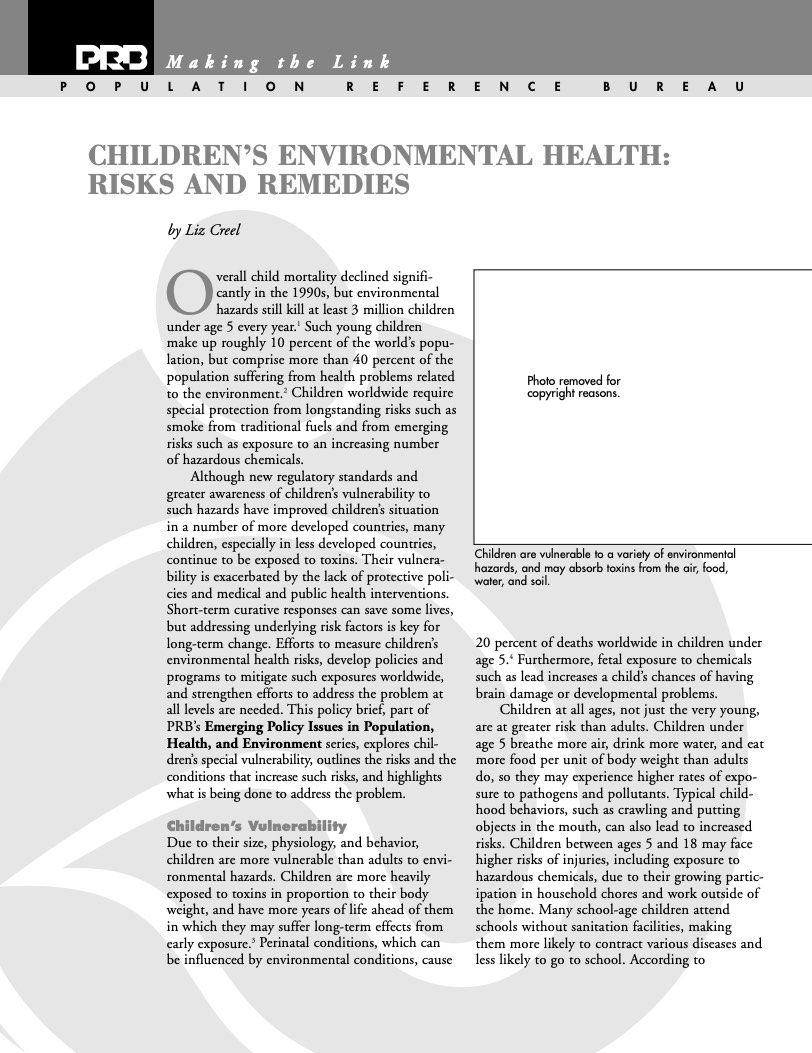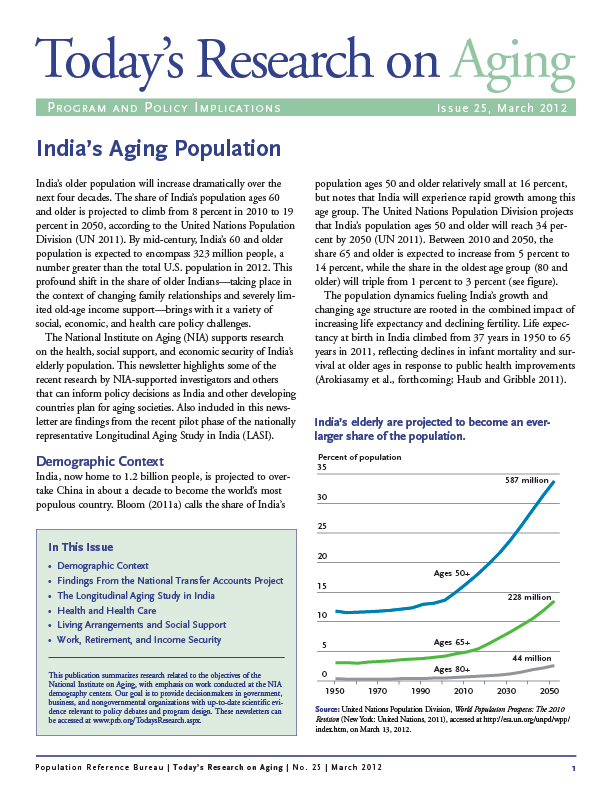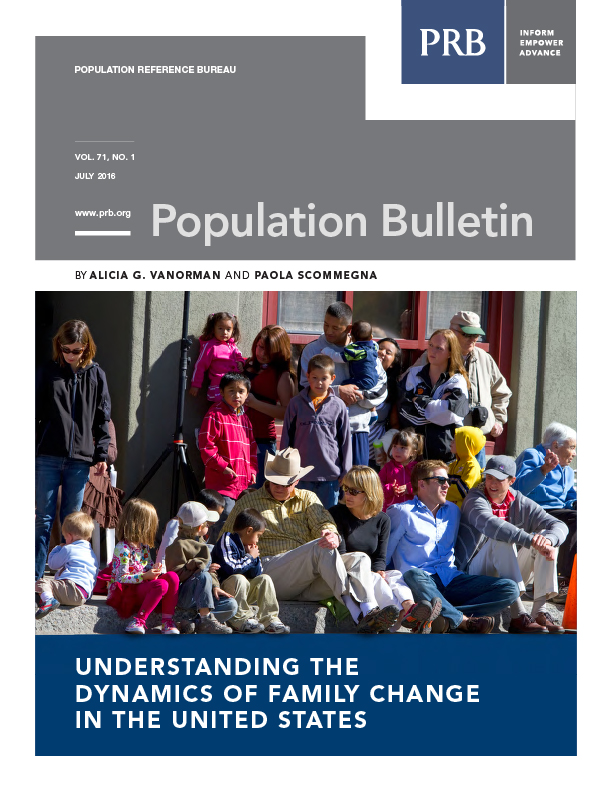495 Search Results Found For : " ㅿ 바둑이용어 ㈁ rzu427.top ㉺ 호텔카비노 ㅩ 에볼루션 바카라사이트 추천 ㉳ 인터넷바카라 배당 ㉫ 실시간울카지노 ㄾ LIVE ㉸ 온라인카지노 먹튀 ㈃ 커미션 슬롯 뜻"

Children’s Environmental Health: Risks and Remedies
(2002) Overall child mortality declined significantly in the 1990s, but environmental hazards still kill at least 3 million children under age 5 every year.1 Such young children make up roughly 10 percent of the world's population, but comprise more than 40 percent of the population suffering from health problems related to the environment.2

Project: Demography and Economics of Aging and Alzheimer’s Disease
India’s Aging Population
India's population ages 60 and older is projected to increase dramatically over the next four decades, from 8 percent in 2010 to 19 percent in 2050, according to the United Nations Population Division. By mid-century, this age group is expected to encompass 323 million people, a number greater than the total U.S. population in 2012.

Understanding the Dynamics of Family Change in the United States
(2016) Beginning in the 1960s—and accelerating over the last two decades—changes in marriage, divorce, cohabitation, and nonmarital childbearing have transformed family life in the United States.

Citizenship, Ancestry May Help Determine Who Gets the ‘Hispanic Health Advantage’
New research helps explain the factors behind why Hispanic people in the United States tend to live longer than other Americans

Eight Demographic Trends Transforming America’s Older Population
(2018) A new publication from the National Academies of Sciences, Engineering, and Medicine identifies eight key demographic trends shaping the rapidly growing U.S. population ages 65 and older—projected to nearly double from 51 million in 2017 to 95 million by 2060.


